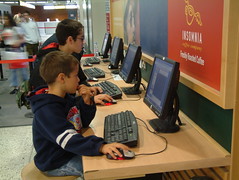Is it possible to identify, construct, or specify beyond vague generalities, a definition of ethics that would be universally credible and appropriate? Can a hypothetical universal ethical code be equally relevant in diverse contexts? Were one to be constructed, would the fact that it is interpreted by individuals socialized in different contexts of reality and truth, render it less relevant or even irrelevant in some contexts?It is sometimes difficult for my logical, physics-math brain to accept that a discussion about ethics does not result in an answer that can be scientifically tested. Don't misunderstand me. I don't think science always leads to one right answer, contrary to how most students in K-12 learn science. But, science can be tested and contested and better answers can be found. Things are different when trying to agree on answers to questions about ethics.
I'm not sure that it is possible to develop a code of ethics for any field of study that all parties can agree on. As the article states, the more diverse the group of people, the more difficult it becomes to agree on a code of ethics that is applicable to everyone. But, does this mean we should give up? NO. I believe the discussion is more important than the answers. As our workplaces and schools become flatter, we are forced into a global society. Even though our discussion about ethics becomes difficult, we stand to gain a global awareness and sensitivity that we may not have had before by continuing the discussion with the diverse people we encounter.
As we deal with diverse cultures and writing codes of ethics, the article gives two frameworks within which we could work. Ethical universalism is what I call the I'm-right-you're-wrong framework. I view myself as above you, so I attempt to teach you my right ways. The second framework is cultural relativism. With this framework, "they do not come to teach or to transmit or to give anything, but rather to learn, with the people, about the people's world," (Freire, as cited in this article). I love this quote. If we all made a pact to learn from each other, we may not agree on a universal code of ethics, but I bet the discussion would be worthwhile.





